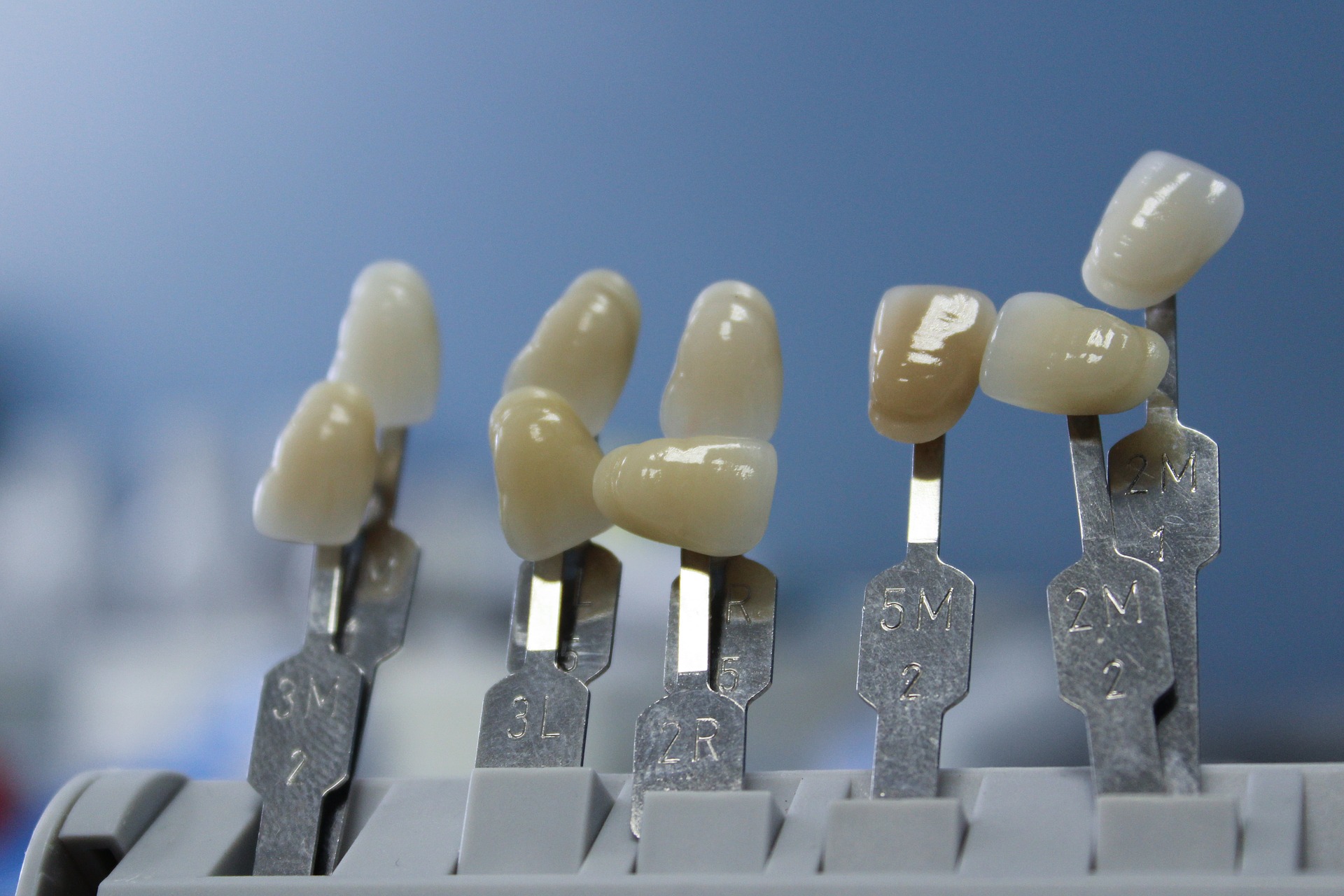That’s a lucky tooth! Well, not exactly. You could have teeth crowding or malocclusion.
Read on to learn more about the crowding of teeth and why is it important to rectify this condition.
Crooked teeth, misaligned teeth, crowding, or gaps between teeth call for an orthodontic procedure. Orthodontics is a specialty under dentistry that addresses ill-positioned teeth. The ill-positioned teeth and jaws, leading to misaligned bite patterns in teeth, which is a common problem amongst many children, teenagers, and adults.
The imperfect positioning of the teeth when the jaws are closed is termed as ‘Malocclusion’. This condition does not only affect the shape of the face but also the appearance of teeth. It also impacts the ease of eating, speech, and oral hygiene. There are several reasons that one can have orthodontic issues, all such issues can be addressed and treated with the right procedures from an orthodontist.
Let’s look at what is crowding of teeth and why it is important for your dental hygiene to have your teeth fixed.
Teeth Crowding
Crowding is the insufficient space for all teeth to fit properly into the jaws. The teeth may be angled or displaced. As a consequence, people with this condition of malocclusion (misalignment) have crooked teeth that overlap each other.
Overcrowding can be mild, moderate, or extreme, depending on the size of the patient’s jaw and how many teeth they have:
- Mild Crowding — Slight dental crowding occurs as one of the front tooth in the upper or lower jaw is partially twisted
- Moderate Crowding — significant dental crowding is when two or three front teeth converge in the upper or lower jaw
- Severe Crowding — Severe dental crowding is wherein most of the front teeth converge in the upper or lower jaw
If the tooth-to-jaw size is not in the right ratio, or when the teeth are wider and larger than the space available for their growth, crowding occurs. Usually, crowding is caused by the early loss of milk teeth, the improper eruption of teeth, or a genetic mismatch between jaw and tooth size.
When a tooth is trapped under the gums and is blocked by other teeth, it is referred to as an ‘impacted tooth’. A lot of people believe this can cause dental crowding. The type of treatment depends on the age of the patient and whether the dental crowding is mild, moderate, or extreme. Popular teeth straightening options for crooked teeth include:
Dental braces are the most popular treatment options for overcrowding, particularly in children. People get braces for both aesthetic and practical purposes (not only to fix their smiles but also to reshape their jaws). There are a few different types of braces to choose from, including conventional metal braces and clear braces. A patient has to visit their orthodontist/dentist every four to eight weeks until the braces are removed. They are left on for twelve months to two years.
Clear teeth-aligners, such as Invisalign are another alternative to fixed braces. They are used for straightening not just crowded teeth, but other forms of misalignment as well. Fixed braces can be ugly and odd, causing low self-esteem amongst younger children/Adults. Clear aligners are a good alternative for the fixed braces. The entire treatment comprises clear aligners which must be replaced every 2-3 weeks. During this duration, the patient wears the aligners for about 22hrs a day and for roughly 25-30 weeks to correct even a mild misalignment.
Extreme dental crowding may require dentofacial orthopedics. Orthopedics focuses on guiding facial bone growth and aligning teeth properly in the process.
Crowding should be corrected because it can:
- Make it much more difficult to properly clean all the surfaces of your teeth
- Increase the chances of dental decay (because of inadequate cleaning)
- Increase the chances of gum disease (because of inadequate cleaning)
In addition, straight teeth improve an individuals’ appearance and self-esteem, they also have oral health benefits. For example, straight teeth are easier to clean, brush, and floss between, leading to good oral hygiene. Thus, you are less likely to develop cavities and other oral infections.
The chances of developing tooth decay and gum disease are higher when an individual has moderate to severe teeth crowding. This is because teeth that overlap are more difficult to clean daily. Poor oral hygiene can also lead to general health complications over time, such as a weakened immune system and heart disease (rare). Correcting crowding can help avoid tooth decay and periodontal disease by enhancing the ability to remove plaque from the teeth.
Book an appointment with our expert orthodontic to check whether you have moderate or mild teeth crowding and how our experts can help you in achieving good dental hygiene.
Learn more about braces and orthodontic corrections
Call us or Whatsapp us at +91-9141160212 to book an appointment today!




